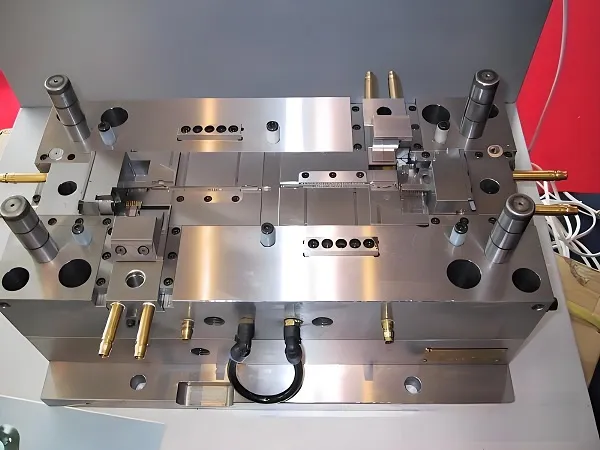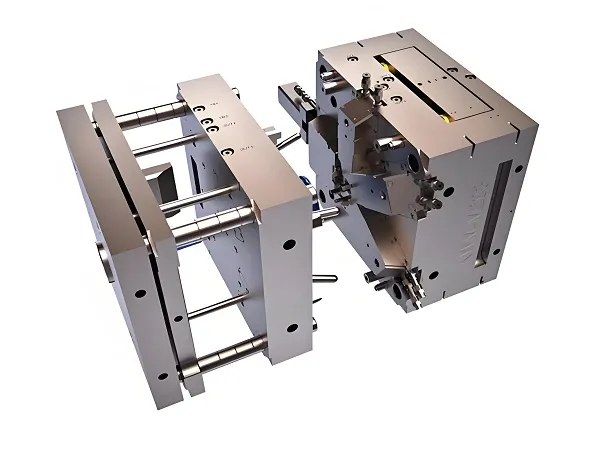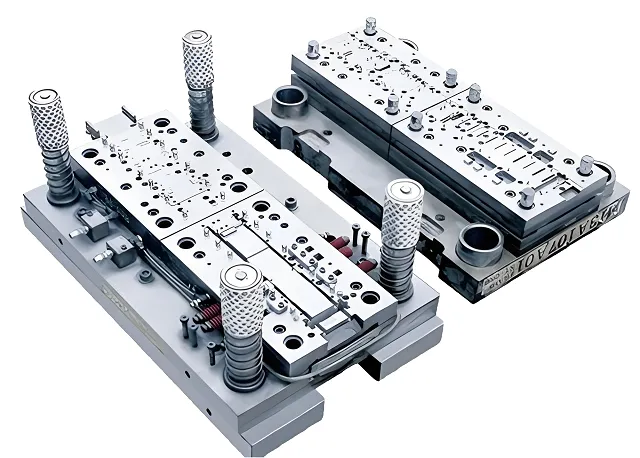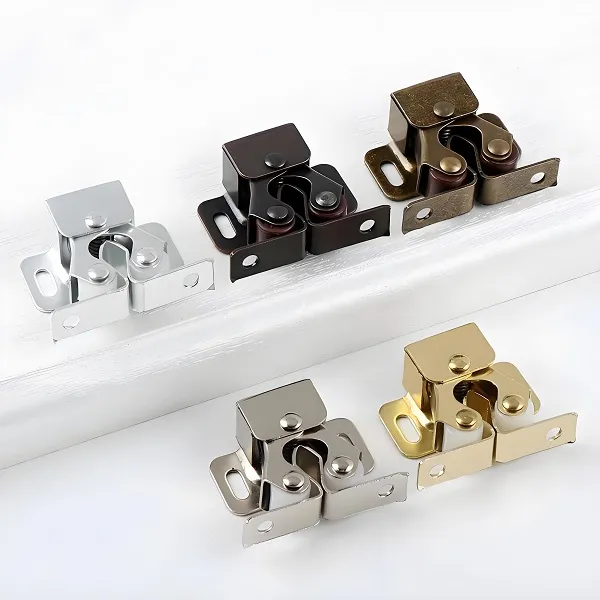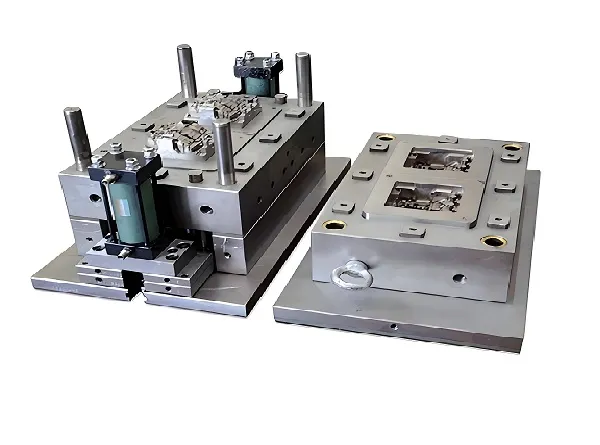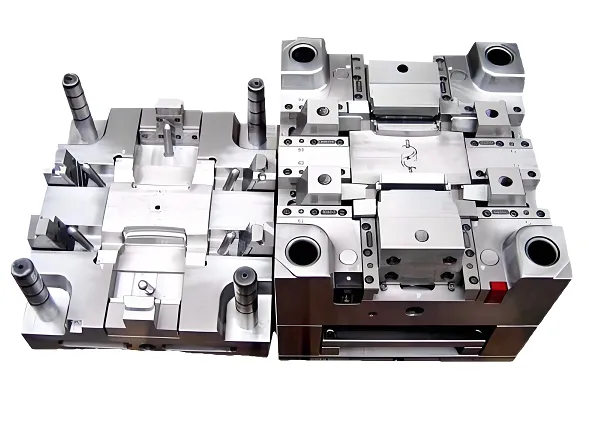Powder Injection Molding (PIM) is an advanced manufacturing technology that combines powder metallurgy technology with plastic injection molding technology to achieve near-net-shape molding of complex shapes and high-precision parts. The technology forms an injectable mixture by mixing metal or ceramic powder with an organic binder, which is then injected into the mold cavity for molding using an injection molding machine under a heated state. Subsequently, the binder is removed by means of chemical solvents or heat decomposition, and the final part is sintered to obtain a dense component.
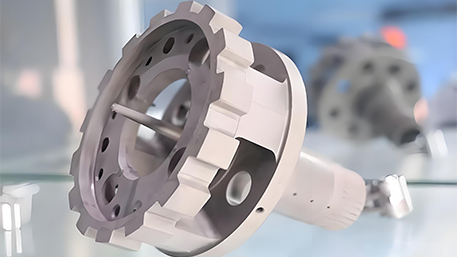
1. Advantages of powder injection molding process
High shape complexity: Powder injection molding technology is capable of manufacturing parts with complex geometries and high precision, which is difficult to achieve with traditional powder metallurgy technology.
High material utilization rate: Since the technology can realize near-net forming, it can greatly reduce material waste and improve material utilization rate.
High production efficiency: Powder injection molding technology can realize automated mass production, which significantly improves production efficiency.
Low cost: For small quantities and complex shapes, powder injection molding has lower costs than other manufacturing technologies.
Excellent performance: parts made by powder injection molding technology have high mechanical properties and high temperature resistance.
2. Characteristics of powder injection molded parts
Powder injection molded parts have the characteristics of high precision, high density, high strength and good surface quality. In addition, the technology can also realize the manufacture of complex internal structure and tiny features of the parts, such as cross-through holes, concave platforms and key pins, surface knurling and so on.
3. Powder injection molding parts materials
Powder injection molding technology is applicable to a wide range of materials, including steel (low alloy, tool steel, stainless steel), super-resistant stainless steel, tungsten, cobalt, titanium, copper, aluminum alloys and rare metals. In addition, ceramic powder can also be used in powder injection molding technology.
4. Characteristics of powder injection molding parts made of different materials
Note: The data in the table is only an example, the actual data may vary depending on the specific material and process conditions.
5. Powder injection molding process development
Powder injection molding technology has been developed since the 1920s, initially for the preparation of ceramic spark plugs. With the advancement of technology, the technology has been gradually applied to the injection molding of metal powder, and has been widely used in the fields of machinery, electronics, automobiles, clocks and watches, optoelectronics, weapons, medical devices and so on. In the future, with the expansion of the material system and the improvement of the process technology, the powder injection molding technology will continue to develop and bring more innovation and breakthroughs to the manufacturing industry.
Customized Powder Injection Molding Parts FAQ
Q1:What materials is powder injection molding technology suitable for customization?
A1: Powder injection molding technology is suitable for customization of many materials, including steel, stainless steel, titanium alloy, tungsten, cobalt, copper, aluminum alloy and ceramics.
Q2: How to determine the accuracy and surface quality of powder injection molded parts?
A2: The accuracy and surface quality of powder injection molded parts mainly depend on the mold design, injection process parameters and subsequent treatment processes. By optimizing the mold design and adjusting the injection process parameters, high precision and high surface quality parts can be achieved.
Q3: How long is the production cycle of powder injection molding technology?
A3: The production cycle of powder injection molding technology depends on factors such as the complexity of the parts, the production batch and the process conditions. Generally speaking, the entire production cycle from mold design to finished product delivery may take several weeks to several months.
Q4: What are the advantages of powder injection molding technology over other manufacturing technologies?
A4: Powder injection molding technology has advantages over other manufacturing technologies, such as high shape complexity, high material utilization, high production efficiency, low cost, and excellent performance. In addition, the technology enables the manufacture of complex internal structures and tiny features of parts.
Q5: How to ensure the quality of powder injection molded parts?
A5:Assuring the quality of powder injection molded parts requires comprehensive consideration and control from a variety of aspects, such as raw material selection, mold design, injection process parameter control, and subsequent treatment processes. At the same time, strict quality inspection and performance testing are also required to ensure that the quality of the parts meets the design requirements and relevant standards.

